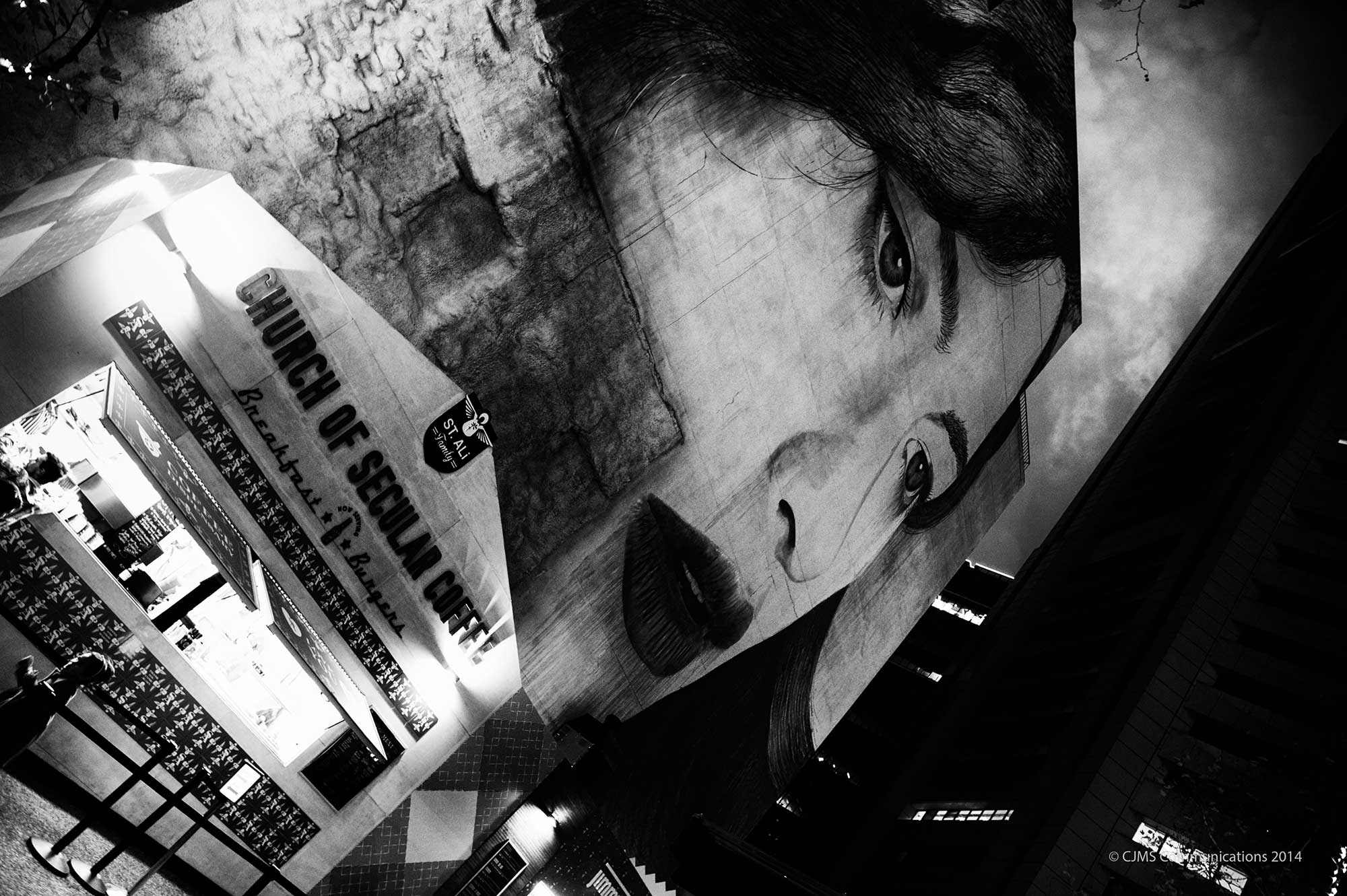Norman Alfred William Lindsay (22 February 1879 – 21 November 1969) was an Australian artist, etcher, sculptor, writer, editorial cartoonist, scale modeler, and an accomplished amateur boxer. Lindsay is widely regarded as one of Australia’s greatest artists, producing a vast body of work in different media, including pen drawing, etching, watercolour, oil and sculptures in concrete and bronze. A large body of his work is housed in his former home at Faulconbridge, now the Norman Lindsay Gallery and Museum, and many works reside in private and corporate collections. His art continues to climb in value today. In 2002, a record price was attained for his oil painting Spring’s Innocence, which sold to the National Gallery of Victoria for A$333,900.
Lindsay’s creative output was vast, his energy enormous. Eyewitness accounts tell of his working practices in the 1920s. He would wake early and produce a watercolour before breakfast, then by mid-morning he would be in his etching studio where he would work until late afternoon. He would work on a concrete sculpture in the garden during the afternoon and in the evening write a new chapter for whatever novel he was working on at the time. As a break, he would work on a model ship some days. He was highly inventive – melting down the lead casings of oil paint tubes to use for the figures on his model ships, made a large easel using a door, carved and decorated furniture, designed and built chairs, created garden planters, Roman columns and built his own additions to the Faulconbridge property.
Located at 14 Norman Lindsay Crescent, Faulconbridge NSW 2776, The Norman Lindsay Gallery & Museum is a popular tourist attraction in the Blue Mountains. Not only known for the artwork on display but also for the beautiful gardens, sculptures and bushwalks. Also on the property is Lindsay’s Cafe, attached to Norman Lindsay’s old etching studio. The house and surrounding land was purchased by Norman Lindsay and his wife, Rose, in 1913 for 500 pounds from Francis Foy who built the property in 1900 as a half-way house. The estate was repaired and transformed over the years by Norman Lindsay, adding classical colonnades, fountains, paths and sculptures. In the late 1950s, Norman Lindsay began converting his house into a gallery to accompany all his paintings, drawings, etchings, woodcuts and ship models made throughout his life. Norman Lindsay remained living on the property until his death in 1969, aged 91. The oil painting studio has been preserved as it was at the time of his death with unfinished oils and materials.

